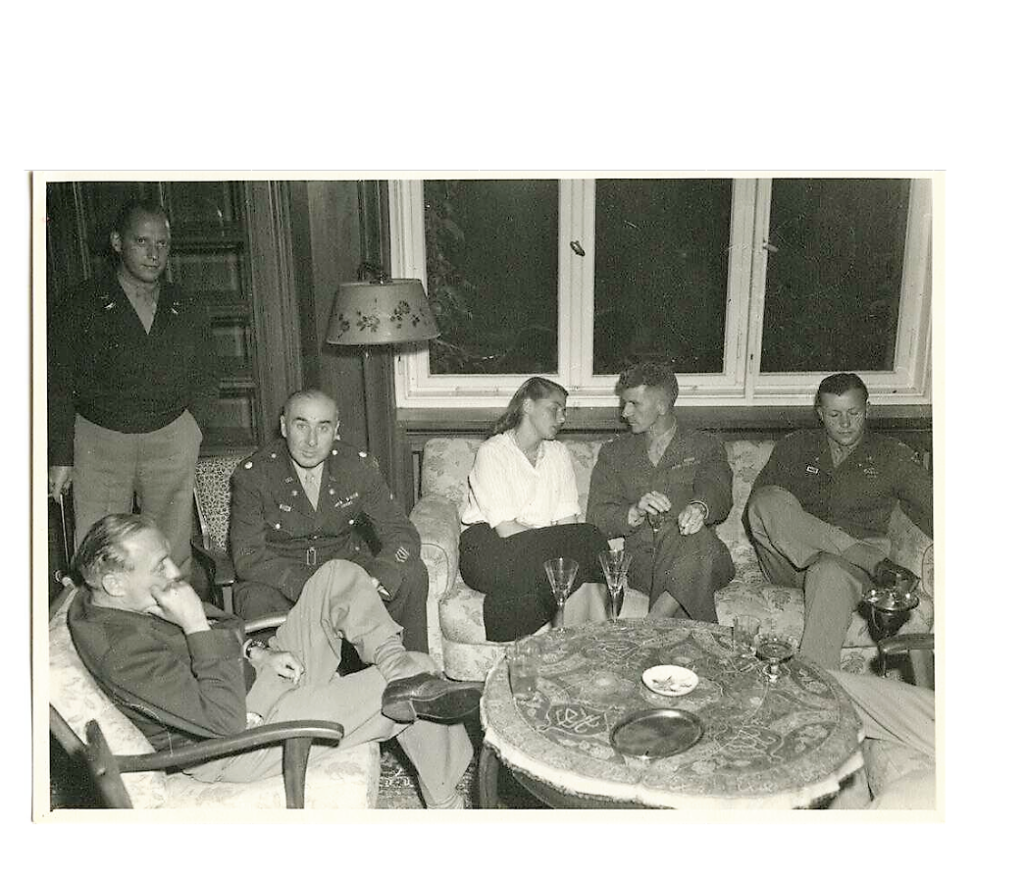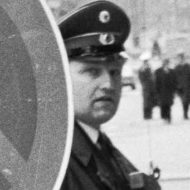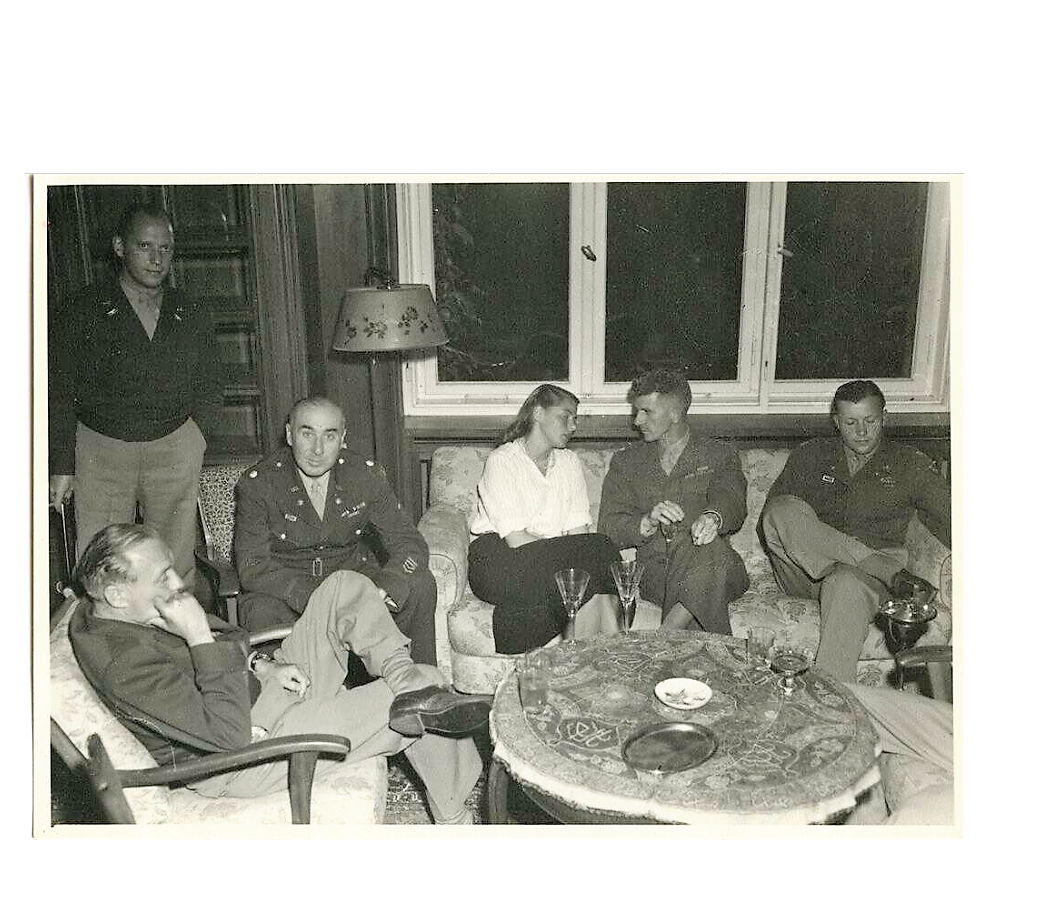Press Club of Berlin – Everyone comes to Barney’s
On July 1, 1945 Lieutenant Colonel Barney Oldfield, USA, was scouting for just the right location for a new Berlin Press Club. As a Public Relations Officer he and his unit had worked their way from England to France to Belgium to the meeting with the Soviet Army on the Elbe River. By 1945 he had a good idea of what the front line print, radio and newsreel people needed — and what in addition they expected.
The unit had located homes in Zehlendorf that could be requisitioned. Quartering troops in private homes with families is un-American; it was one of the causes of the American revolution, so it was prohibited and German families were evicted. Unlike some of the requisitions, Oldfield used a workaround to keep the home owners in their homes – by hiring them as caretakers. This turned out to be just one of the unmilitary schemes that Oldfield and his team concocted in 1945-46.
His memoirs claim that he found the villa at Sven-Hedin-Strasse 11 by accident and quickly recognized it as ideal for a role of press club. He does not mention that it was owned by the German government, but his interpreter told him that Walther Funk had lived there.
The immediate problem was that the Soviet general commanding the borough was in possession of the villa, complete with an armed bodyguard. It took a day of hard talk for the colonel to convince the general to leave.
He quickly ordered it superficially trashed. By 1945 he had been in the Army long enough to know what would happen next. He claimed that 18 generals visited the house while looking for a Berlin residence to commandeer. Oldfield did not have the house renovated until Commanding General Parks had put a freeze on the villa on behalf of the press club.
Before the club even opened he had his first VIP visitor. Marlene Dietrich had obtained clearance to fly into Berlin on a military plane. Oldfield arranged for her mother, who had survived the Battle of Berlin, to be on the field at Tempelhof to greet her. At that time she probably did not visit the under-renovation press club, but later she was in and out of Berlin so may have joined the list of club celebrities.
One way to keep the front-line press happy was to have a supply of liquor on hand. But normal business channels were disrupted. A major breakthrough on the alcohol front was the discovery that there was a large and diverse stock of beverages left over from the Potsdam Conference (July 17th – August 2nd). A Staff Sergeant with a covered truck was sent to Babelsberg where the liquor was stashed. He discovered that to get it released someone high up in the Potsdam Conference staff had to sign for it. So, being an enterprising NCO, he signed “General George C. Marshall” for half of it and “President Harry S. Truman” for the other half. A payment of $3200 was due by August 17th.
Journalists howled in anguish at being asked for a $25 membership fee before even being permitted to set foot in Sven-Hedin-Strasse 11 but the lure of the classy facility, a place to make contacts, play cards or billiards, and — yes, a well-stocked bar in the war-ravaged city — worked. The club ran successfully and paid its debts.
On August 10, 1945 the new Press Club of Berlin opened. It coincided with a USO tour including comedian Jack Benny, film star Ingrid Bergman, pop singer of the Big Band era Martha Tilton and famed harmonica player Larry Adler. They headlined the event, which was attended by Army brass and well-known journalists.


